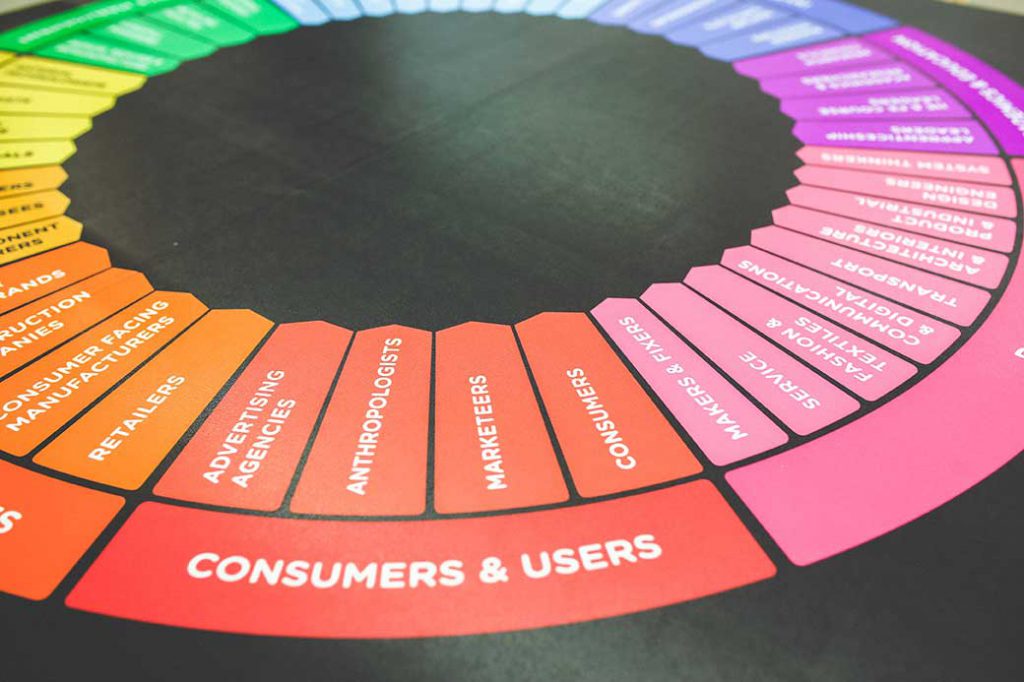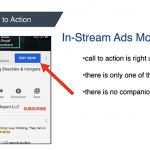 Membership TodaySign Up Now
Membership TodaySign Up NowChanges in Consumer Interests in 2020
2020 isn’t yet half over and already we have seen so much change in both consumer behavior and how business is conducted due to the Coronavirus. Now more than ever it is crucial to keep marketing strategies adaptable to meet consumer interests.
Connecting with customers is one of the most important things a business can do to gain their attention and demonstrate value but to do so a business needs to understand the changing interests of their clientele.
With the shifts of the worldwide population to more time spent online from home, more people working remotely, and a massive surge in ecommerce, consumer interests have made some rather profound changes as well.
What Are Consumers Interested In Now?
Four billion people are staying home around the globe. With this increased time at home, more internet usage has revealed some new key interests in consumer behavior.
The Google Ads Team reported in their article Navigating the road ahead: How consumers are adjusting to COVID-19 that some new consumer interests have emerged and increased during these times.
Understanding this changing internet landscape can help marketers hone their strategies and advertise where consumers are looking.
Media Consumption has Increased Drastically
With nearly everyone across the world spending more time at home, media consumption has increased, influencing all parts of life. There has been a 60% increase in the amount of content watched online. This is important to advertisers because the types of content consumed is where their key data insights reside for how to adapt marketing strategies to meet the consumer where their interests reside.
People are Using Google to Find Content
Meeting essential needs used to be done by trips to the supermarket or by talking with various experts in person. Now however, the internet is providing that knowledge to consumers. According to Google’s internal data, food delivery services have grown by over 300% year over year.
People are also watching more videos related to cooking and finding recipes that excite them. Search queries for cooking and recipes are up 31% from this time last year. Anyone in the cuisine or recipe industries will benefit from uncovering what keywords consumers are searching for about these topics and where they’re doing it.
If you’d like to view a breakdown of changing interests by generation, check out the Visual Capital’s post How Covid-19 Has Impacted Media Consumption, By Generation.
A vast majority of these searches are done on YouTube. Check out our blog post Why Advertise on YouTube? to learn about how targeted YouTube Ads are so powerful for digital marketers.
Self Care is on the Rise
People have been adapting their routines to accomplish what matters most to them done at home. For example, Google reports there’s been a growth in search interests for at home work out gear such as stationary bikes and dumbbell sets. Even many workout studios have shifted to virtual classes.
Even more fascinating is that people have begun to prioritize not just their physical health, but also their psychological well being.
Google reports that there has been an increase in online video for guidance in coping with anxiety and the stresses of life. Meditation related videos are being viewed 51% more than this time last year.
Educational content too has seen a surge with schools having closed and kids and adults learning from home. In contrast to education, there has also been an increase in people searching for how to manage their boredom. Interests in games, puzzles, and arts and crafts have been on the rise in recent months as well.
How Can Digital Marketers Stay on Top of the Trends?

A changing world brings changing consumers. This can only mean that marketers have to change as well. Adapting advertising strategies to consumer interests is crucial to large and small businesses alike.
Learning to leverage new tools and data is the mark of a truly informed and action-based marketer. Last week we reported on Google’s new tool, Rising Retail Categories on Think with Google, and how it can help advertisers know what consumers are shopping and searching for on a daily basis. It also shows where the categories of interest are originating and what the search queries are.
With such a powerful tool at their disposal, marketers are well positioned to adapt to the new consumer interests and the rapidly changing digital ecosystem. Armed with this knowledge advertisers can pinpoint their audience’s digital travel by their search terms and place their ads where they matter most.
If you’d like to learn about how to place highly targeted ads in front of the most relevant audience to your brand, service, or products, you can read more about precision targeting on YouTube with TubeSift on our home page.
 Membership TodaySign Up Now
Membership TodaySign Up NowResources:
- Navigating the Road Ahead: How Consumers are Adjusting to Covid 19 on Google Ads Blog
- 57 Fascinating and Incredible YouTube Statistics on Brandwatch.com
- How Covid-19 Has Impacted Media Consumption, By Generation from Visual Capitalist




Comments are closed.